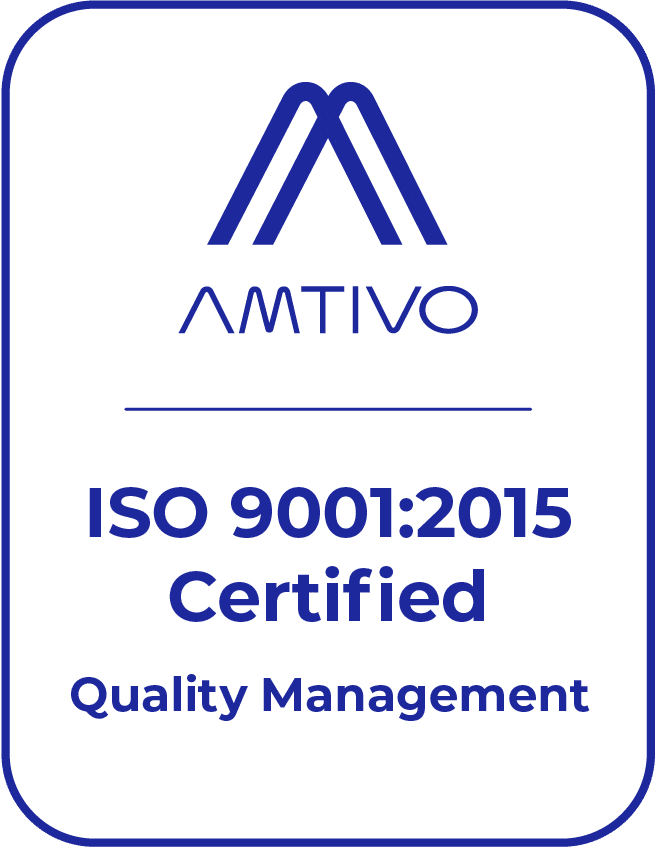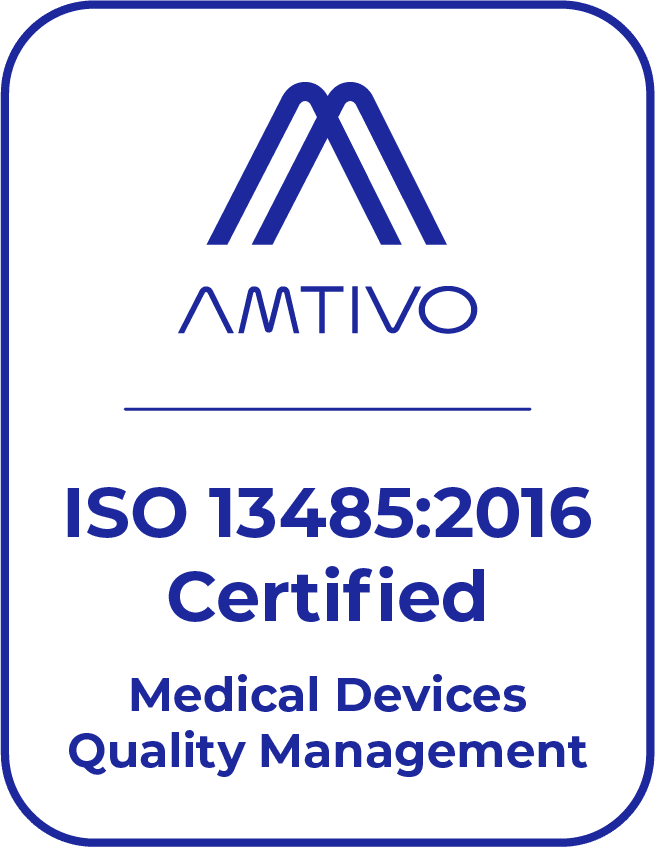Cylindrical Stainless Steel Tanks That Need Passivating At our passivation facility we can handle almost any size of cylindrical stainless steel tanks that need passivation or electropolishing. Most of the larger tanks are transported to us via semi, however we…
What Is Passivation For Stainless Steel Passivation is a process that provides a protective oxide layer on the surface of metal that resists oxygen, water, and other impurities of the air. How Does The Passivation Process Work Passivation happens when…
Why Does Stainless Steel Rust & Corrode? I can’t tell you how many times I've heard asked, “If its ‘stainless’ why does it rust?” While it is true that under many natural conditions stainless steel’s natural resistance protects it from…



